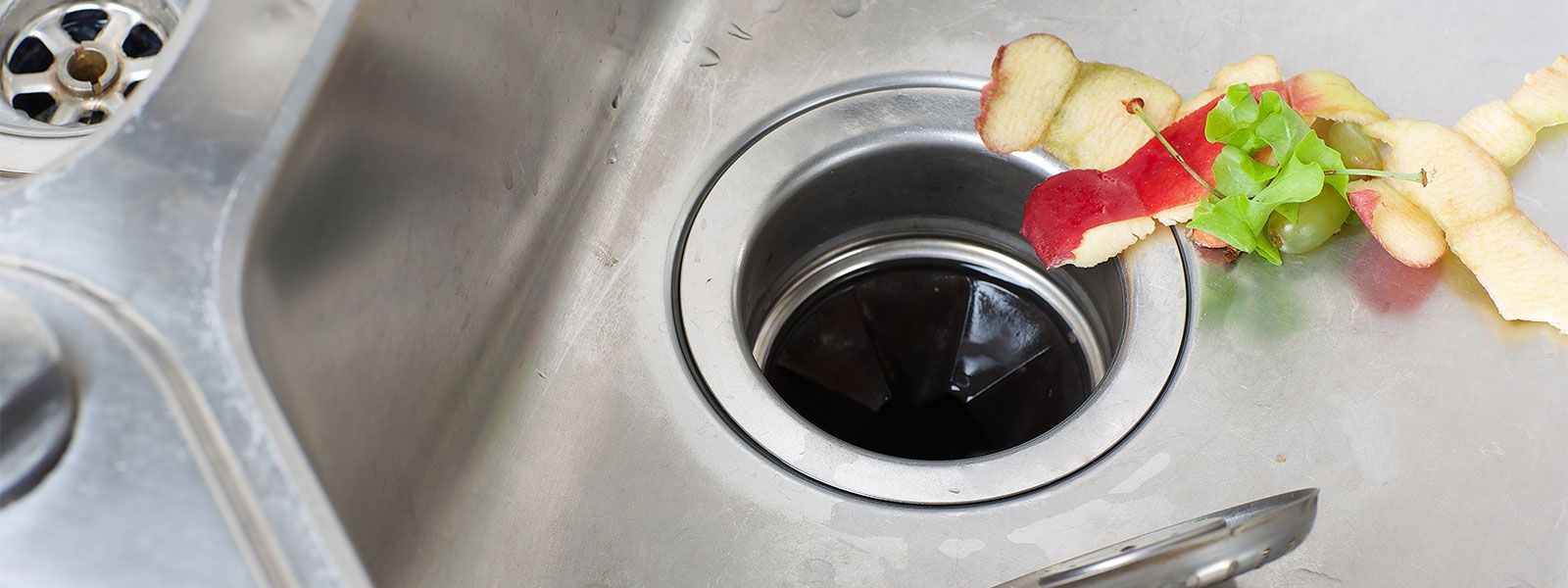Quick Ways to Repair a Leaky Waste Disposal Unit
Quick Ways to Repair a Leaky Waste Disposal Unit
Blog Article
This great article below involving How to fix a pretty consistent leak from my garbage disposal is totally engaging. Don't skip it.

Waste disposal unit are necessary kitchen area appliances that aid in throwing away food waste effectively. Nonetheless, a dripping garbage disposal can be a frustrating and untidy problem to take care of. Thankfully, several leaks can be dealt with easily with a couple of simple steps. In this article, we will review how to take care of a dripping garbage disposal efficiently.
Intro
Waste disposal unit are installed under kitchen area sinks and are created to shred food waste into smaller pieces, enabling it to travel through the pipes system conveniently. While these devices are generally trustworthy, leaks can occur in time because of deterioration, loose connections, or damage to the unit.
Common Causes of Leakages in Waste Disposals
Worn Seals and Gaskets
Seals and gaskets play a crucial duty in preventing water from leaking out of the waste disposal unit. Gradually, these elements can weaken, leading to leakages around the disposal system.
Loose Connections
The links between the waste disposal unit and the plumbing system can become loose with time, triggering water to leak out during procedure.
Fractures or Openings in the Disposal System
Physical damages to the waste disposal unit, such as splits or openings in the real estate, can additionally lead to leaks.
Determining the Source of the Leak
Prior to trying to deal with a dripping waste disposal unit, it is vital to determine the resource of the leakage. This can normally be done with visual inspection or by performing basic tests.
Visual Inspection
Evaluate the waste disposal unit system thoroughly for any kind of indications of water leak. Pay very close attention to areas around seals, gaskets, and link points.
Checking for Leaks
One means to evaluate for leakages is by running water through the disposal system and looking for any type of noticeable signs of leakage.
Devices and Products Needed for Dealing With a Dripping Waste Disposal Unit
Prior to beginning the repair work process, collect the essential tools and materials, including a screwdriver, adjustable wrench, plumber's putty, substitute seals or gaskets, and epoxy or patching product for repairing splits or openings.
Step-by-Step Guide to Dealing With a Dripping Garbage Disposal
Switch off the Power
Before trying any type of repair services, ensure that the power to the waste disposal unit unit is switched off to avoid the risk of electric shock.
Situate the Leakage
Recognize the exact area of the leakage and identify the reason.
Tighten Connections
Use a wrench to tighten any loose connections in between the disposal system and the plumbing system.
Replace Seals or Gaskets
If the leak is due to worn seals or gaskets, remove the old components and replace them with brand-new ones.
Patching Cracks or Holes
For fractures or openings in the disposal device, usage epoxy or a suitable patching material to seal the damaged area.
Evaluating the Waste Disposal Unit After Fixing
As soon as the repair work is total, evaluate the garbage disposal by running water with it to guarantee that the leak has been dealt with.
Preventive Maintenance Tips to Avoid Future Leakages
To stop future leakages, it is vital to execute routine maintenance on your garbage disposal. This consists of maintaining it clean, avoiding placing non-food products or hard things down the disposal, and regularly checking for leaks or various other problems.
Conclusion
Finally, taking care of a leaking waste disposal unit is a relatively uncomplicated process that can be finished with fundamental tools and materials. By adhering to the steps outlined in this short article and exercising precautionary upkeep, you can keep your waste disposal unit in good working problem and prevent pricey repairs in the future.
What to Do About a Leaking Garbage Disposal
A leaking garbage disposal often goes unnoticed until you confront a sopping cabinet, a foul-smelling puddle, or an audible drip-drip-drip from the unit. The fix can be frustrating, too, because the leak can stem from a number of components in the system. Fortunately, with a little sleuthing, you can zero in on the leak and—depending on the exact location—stop the icky oozing and repair the component that caused it. Worst case scenario, if it turns out that the garbage disposal must be replaced, installing a new one is a reasonable do-it-yourself task for those with basic plumbing skills. Read on to keep the cash you’d otherwise hand over to a pro.
Prepare to find the leak
Prior to testing the garbage disposal for leaks, unplug it at the wall outlet and turn off the power from the breaker box to prevent electrical shock. Then insert a watertight sink stopper into your sink drain and wipe the unit dry with a clean cloth. In any handy container, mix a few drops of food coloring into a few cups of water, and pour the dyed water onto the sink stopper to help you locate the leak.
Investigate the source
the top, where the disposal meets the sink drain the side, where the dishwasher hose or main drain pipe connects to the disposal or the bottom of the unit Inspect each of these locations while gliding a light-colored rag over the unit; the dyed water will readily show on the rag and reveal the location of the leak. If a leak isn’t immediately apparent, remove the sink stopper and pour a few more cups of dyed water down the sink drain, then check for leaks again. Leaks near the top of the unit are more likely to show themselves while the sink is plugged, while side and bottom leaks are more noticeable while the sink is unplugged.
The metal sink flange that sits directly inside the sink drain is typically sealed around the top with plumber’s putty (a clay-like sealant) and then secured from under the sink with bolts. If the plumber’s putty deteriorates, or the bolts loosen, the flange can no longer form a watertight seal between the sink drain and the disposal—which could cause a leak at the top of the unit.
To reseal the leaky flange, you must first detach the garbage disposal. Start by loosening the screws securing the main drain pipe to the disposal, then loosen the screws in the metal clamp securing the dishwasher hose to the disposal and detach the drain pipe and dishwasher hose from the disposal. Loosen the screws in the mounting ring that connects the disposal to the metal mounting assembly beneath the sink, then pull down the disposal and carefully set it on a clean, dry surface. Loosen the bolts in the mounting assembly with a wrench, then pull down the mounting assembly and set it near the disposal.

As a passionate person who reads on Tips on Fixing a Leaking Garbage Disposal, I assumed sharing that piece of content was really helpful. Do you know about somebody else who is serious about the subject? Feel free to share it. I value reading our article about The Handy Guide To Fixing Your Garbage Disposal Leaking.
Hire A Pro Report this page